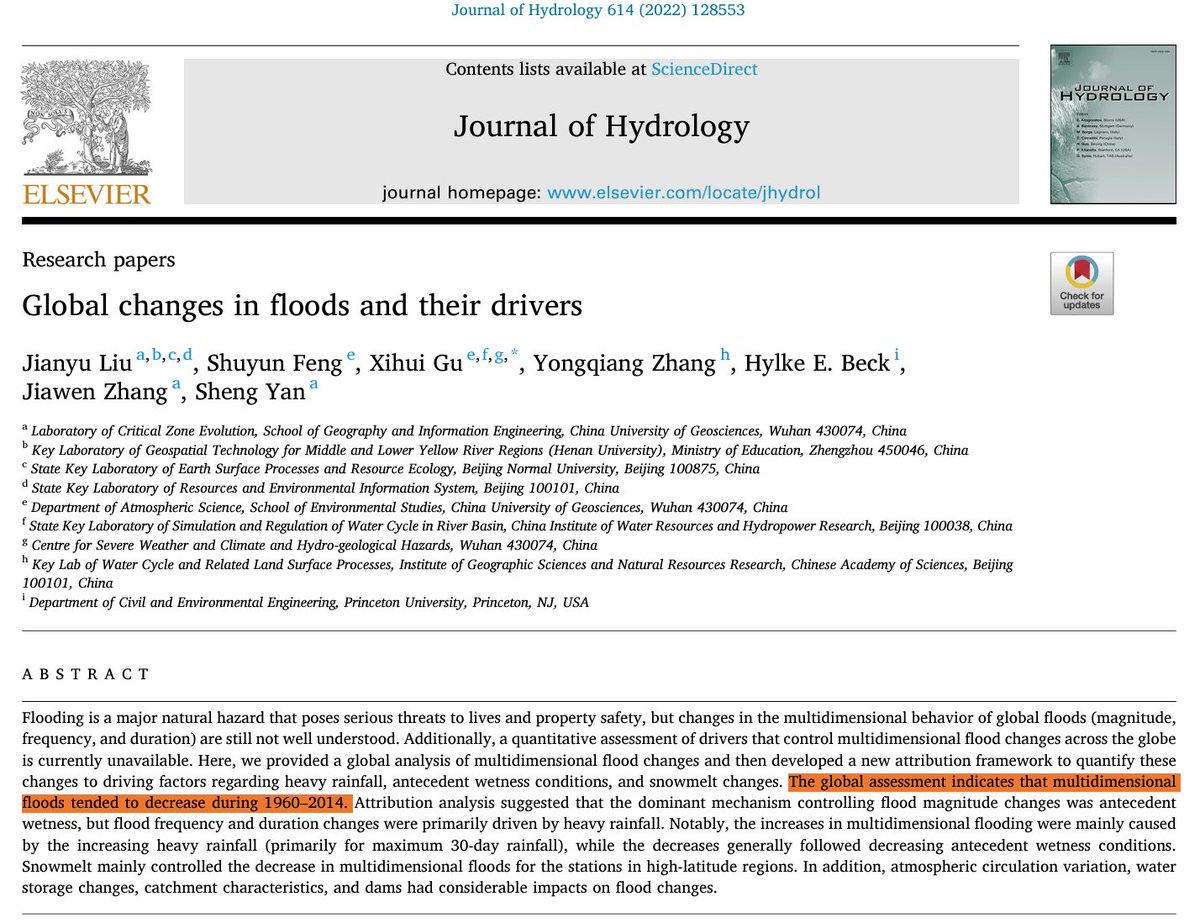Air parcels tend to flow along surfaces of constant potential temperature (isentropes). #SJSU #METR171a #SynopticMeteorology
Warm air advection is associated with air parcels ascending upsloping isentropes. This is associated with adiabatic cooling, condensation and precipitation. #SJSU #METR171a #SynopticMeteorology
Cold air advection is associated with air parcels descending downsloping isentropes. This is associated with adiabatic warming and fair weather. #SJSU #METR171a #SynopticMeteorology
• • •
Missing some Tweet in this thread? You can try to
force a refresh

























